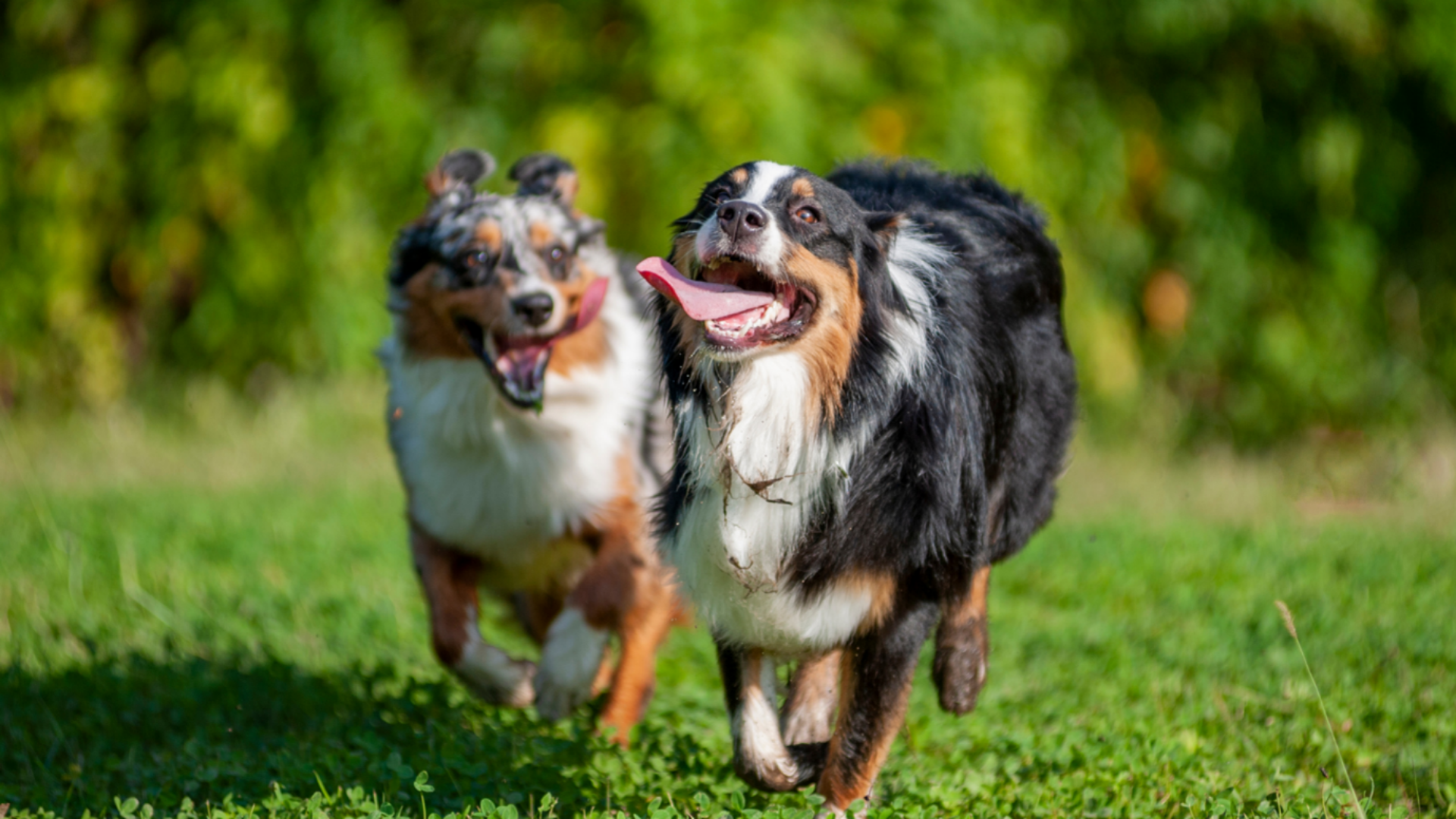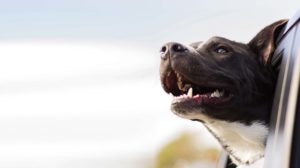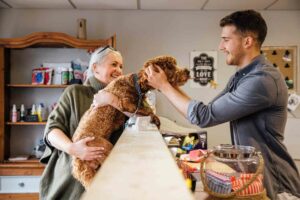We spend a lot of time building a sense of trust and advocacy with our dogs to keep them safe from fear and harm. We can very easily damage this relationship by taking our dogs to places that overwhelm them or have the real potential to cause harm (physical and psychological).
When dogs display behaviours that indicate they do not feel comfortable in a situation and it is not recognised by their owner, the behaviour can escalate. This may cause dogs to lose trust in their owners and develop fear toward other dogs, commonly known as ‘dog reactivity’.
Dog parks can be tricky places for dogs to navigate. Think of it much like a playground full of children wherethere are different ages, sizes, genders, personalities, experiences, fears, alliances, and enemies! Top that all off with sometimes little supervision or interference by responsible adults.
Many owners misinterpret dog body language. Pushy, boisterous, confrontational, or rude behaviour can be mistakenly considered to be ‘friendly’ or social. Growling, snapping, walking away is often interpreted as aggression or anti-social, when it may be very good manners, in dog speak. It is very useful for owners to seek out knowledge about different play styles and appropriate play to ensure everyone has a great time!
Treating these problems can be complex and must be worked through with a professional and experienced reward-based trainer familiar with reactivity. Similarly, dogs who display overly excited and boisterous behaviour greatly benefit from being taught how to behave more appropriately.
Here are our top ten tips to consider before heading to the dog park with your best mate:
- Do not enter a dog park if your dog has existing fears or known issues with other dogs. Surrounding a fearful dog with other dogs will only exacerbate their fears, not help them ‘get over’ them.
- Do not take puppies to the dog park. This is not an appropriate environment to socialise your pup. Instead, ask friends or family with well socialised dogs for a private play date. Ensure interactions are short, positive, and supervised.
- Before entering the dog park, observe the dogs inside and how owners are responding. If the dogs look rowdy with inattentive owners, opt to take your pup for an enriching walk instead. Be mindful of the time of day – peak times will make it a more difficult environment to manage.
- Ensure your dog has a solid recall around distractions. This means when they’re called, they’re able to disengage from playing and return to you straight away.
- Always be the main attraction to your dog. This means you’ll have to do plenty of work before first allowing your dog in a park to ensure you are always more valuable to them than other dogs or people.
- Keep moving and keep your eyes on your dog (not your phone!). Movement stimulates dogs so if you aren’t moving but other dogs are – the other dogs become more stimulating and exciting and/or threatening. This also helps teach our dogs that they can leave a scary situation, and not feel pressured to interact. Be sure to always keep an eye on them and leave at the first sight of conflict or discomfort.
- Give rescued or rehomed dogs a few months to adjust to you, your family and home before entering a dog park. Dogs that are already under a level of stress from the transition to a new home can ‘hide in their shell’.
- Leave valuable items at home. Taking your dog’s favourite toy to a park where there may be competition for that item could trigger resource guarding tendencies in your dog, or others.
- Educate yourself on appropriate dog play and body language. This will be of great benefit to keep your dog safe (you can find out how to do this below).
- Remember, your dog is your responsibility. If your dog has little to no training, an existing fear, or poor social skills, a dog park is not for them.
A great place to start to learn more about your dog and their quirks is a qualified reward-based dog trainer. You can search your area through the Association of Pet Dog Trainers using their directory found here, or through Pet Professional Guild Australia in their directory here . A secondary resource recommended by our Chief Dog Wrangler and qualified dog trainer, Ilsa Foreman, is http://www.ispeakdog.org/ . This website is designed to help you learn about your dog’s behaviour and how they may be feeling in certain situations along with helpful ways to respond.
Don’t forget, our Knowledge Hub has plenty of great ideas and great tips to help with your dog!
Pet insurance can help by covering a portion of the eligible vet bill if the unexpected happens. Because it is difficult to predict the costs of veterinary care, it can help to have measures in place to help prepare for the unexpected. Check out our partner network and explore our policy tools to find a pet insurance policy.
Not all conditions or items are covered by Pet Insurance. Refer to the applicable Product Disclosure Statement for information about coverage and exclusions.








